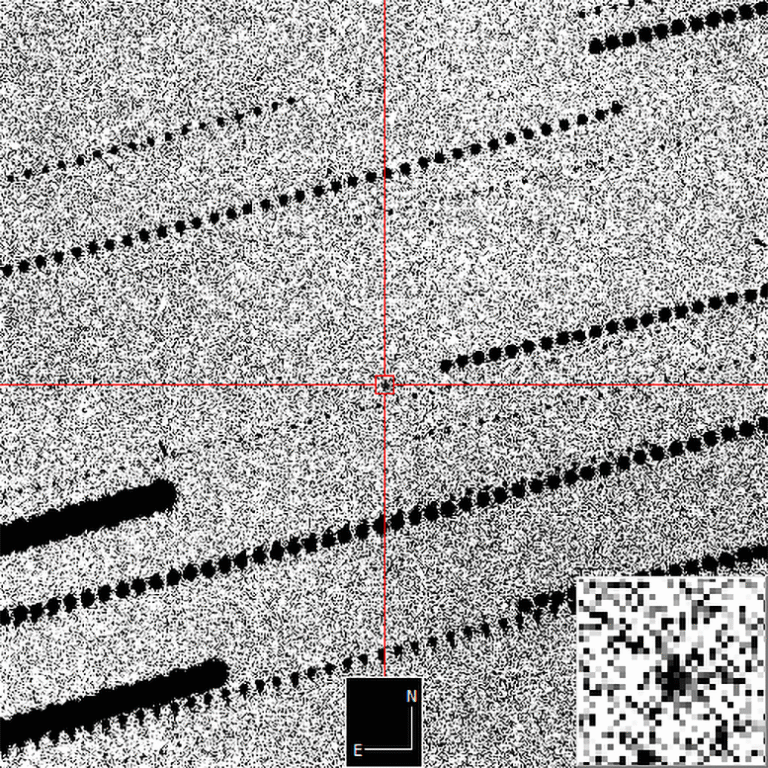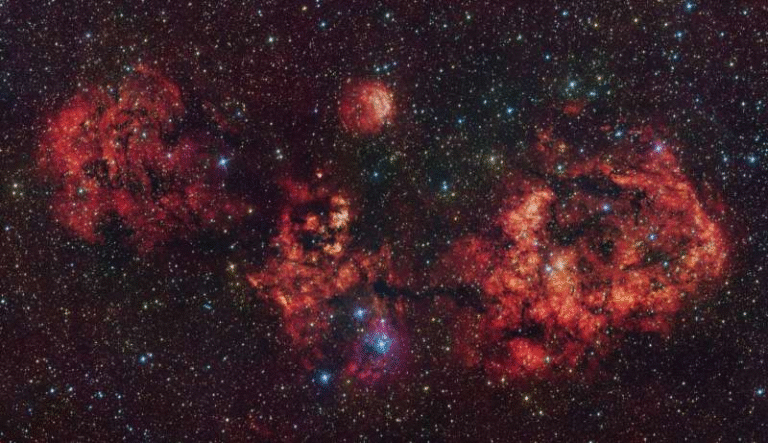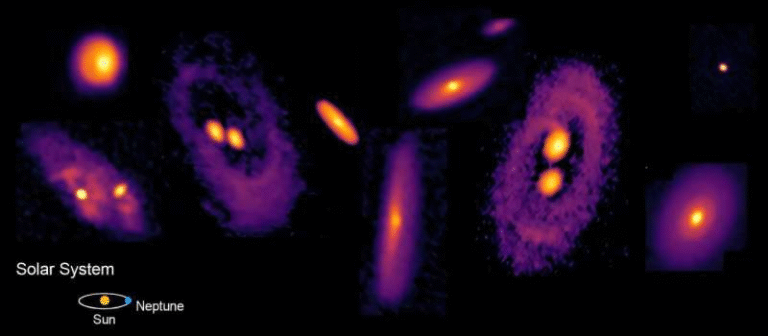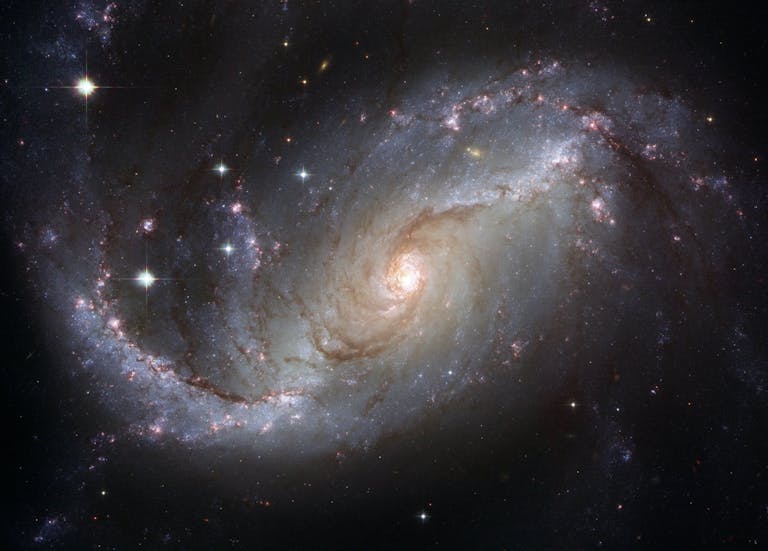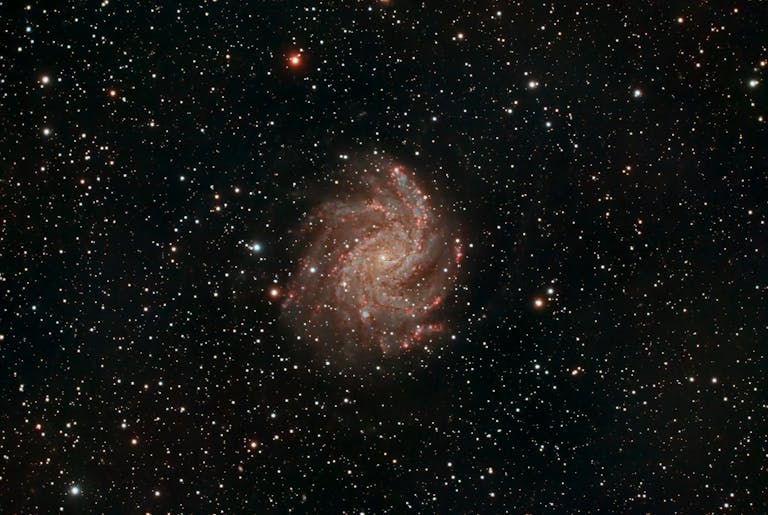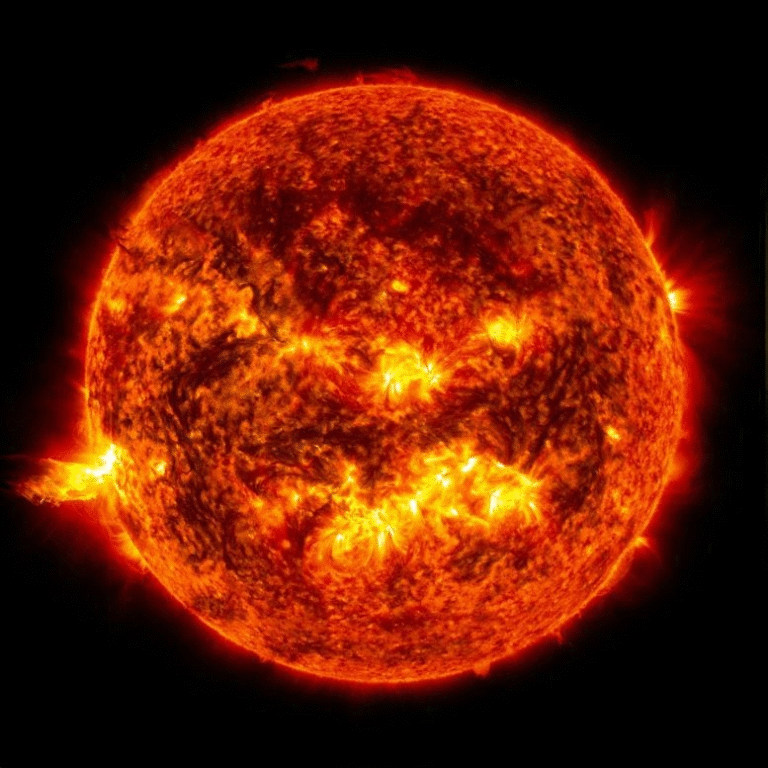NGC 2775: The Galaxy That Defies Easy Labels
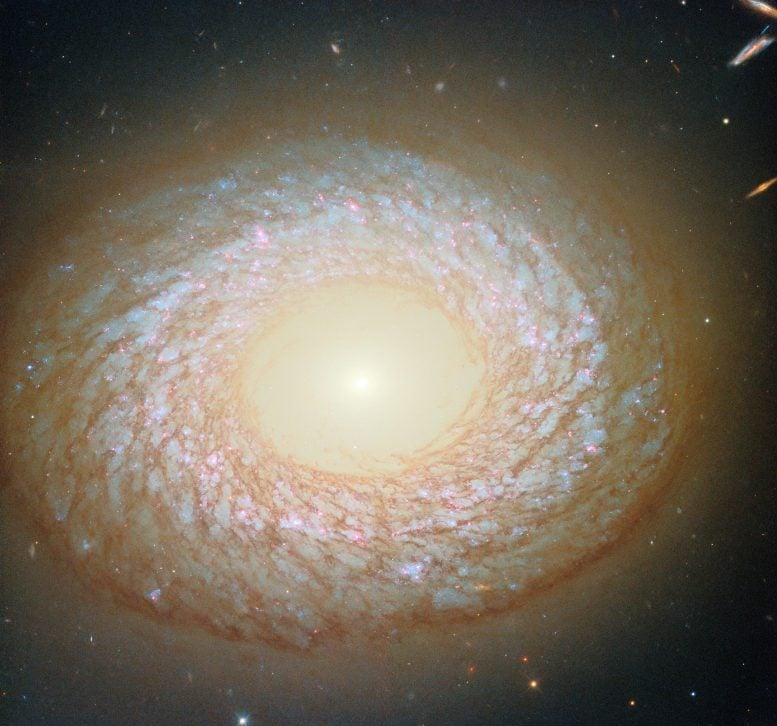
Astronomers are once again scratching their heads over NGC 2775, a galaxy that refuses to fit neatly into the familiar categories of spiral or elliptical. Recently, the Hubble Space Telescope provided a fresh look at this object, and the details reveal a system that is both fascinating and confusing at the same time.
Where Is NGC 2775 Located?
NGC 2775 is found in the constellation Cancer (The Crab), located about 67 million light-years from Earth. In astronomical terms, that makes it relatively close—at least within the larger neighborhood of the Virgo Supercluster, the same supercluster that our own Milky Way belongs to.
Discovered by William Herschel on December 19, 1783, this galaxy has been studied for centuries. Over time, it has collected a variety of designations in different catalogs: Caldwell 48, UGC 4820, PGC 25861, among others. It is also the brightest member of the NGC 2775 group of galaxies, which includes companions like NGC 2777 and UGC 4781.
What Does It Look Like?
At first glance, NGC 2775 might appear to be just another spiral galaxy, but closer inspection complicates that assumption.
- At its center, the galaxy has a smooth, gas-poor bulge. This is unusual because spiral galaxies typically have central regions filled with gas and dust that continue to form stars. Instead, the bulge of NGC 2775 looks more like what you would expect from an elliptical galaxy—calm, inactive, and made up of older stars.
- Surrounding this bulge is a ring of dusty, uneven spiral arms. These arms contain clusters of young, blue stars and dust lanes, showing clear signs of star formation activity.
This combination makes NGC 2775 difficult to categorize. Some researchers describe it as a spiral galaxy (SA(r)ab), while others prefer to call it a lenticular galaxy (S0), which is considered a transitional type between spirals and ellipticals.
The New Hubble Observations
Hubble’s new image of NGC 2775 adds another layer of detail to the story. For this latest observation, astronomers used filters sensitive to H-alpha emission, a specific wavelength of red light produced by clouds of hydrogen gas surrounding hot, massive young stars.
This technique highlights regions where new stars are forming, and in NGC 2775, these areas are found mostly in the outer ring and spiral arms. The core, on the other hand, remains largely inactive.
Hubble has imaged this galaxy before—most notably in 2020—but the new addition of hydrogen-sensitive data allows astronomers to distinguish between the old stellar population in the bulge and the younger stars in the arms with greater clarity.
Evidence of a Turbulent Past
One of the most intriguing discoveries about NGC 2775 is the presence of a faint tail of hydrogen gas stretching nearly 100,000 light-years around the galaxy. This feature isn’t visible in the Hubble image, but other observations reveal its existence.
Such a tail is usually a telltale sign of past galactic mergers or interactions. Smaller galaxies may have wandered too close, been disrupted by NGC 2775’s gravity, and ultimately absorbed. The leftover gas forms extended structures around the galaxy.
This would help explain why NGC 2775 has such a strange mix of features: an elliptical-like bulge combined with spiral-like arms. Past mergers can strip galaxies of their star-forming material, rearrange their structure, and create the kind of hybrid system we see today.
Classification Challenges
Because astronomers can only observe galaxies from a single perspective, their classifications are not always straightforward. With NGC 2775, the debate continues:
- Some argue it is best described as a spiral galaxy, due to its ring and spiral arm structures.
- Others insist it is closer to a lenticular galaxy, with its inactive bulge resembling those of ellipticals and its thin disk reminiscent of spirals.
This debate is not unique to NGC 2775. Many galaxies exist in the gray area between established categories, raising larger questions about how galaxies form, evolve, and transition between types.
Basic Properties of NGC 2775
To summarize the key measurable details of NGC 2775:
- Distance: ~67 million light-years
- Location: Constellation Cancer
- Morphological Type: Commonly listed as SA(r)ab (spiral with a ring), sometimes SAa or Sab
- Inclination: ~44° from our line of sight
- Diameter: ~80,000 light-years
- Apparent Magnitude: ~10.4 (visible with medium-sized telescopes)
- Group Membership: NGC 2775 Group, part of the Antlia-Hydra Cloud in the Virgo Supercluster
- Supernovae Observed: One, SN 1993Z (Type Ia)
Why Galaxies Like NGC 2775 Matter
Studying galaxies that don’t fit neatly into categories helps astronomers understand the evolutionary pathways galaxies take. For example:
- Spiral to Lenticular Transition: Spirals may lose their gas through collisions, internal star formation, or interactions with their environment. Without gas, their arms fade, leaving behind a lenticular structure.
- Elliptical to Disk Growth: In other cases, elliptical galaxies may later accrete enough gas from their surroundings to form a thin disk, creating a hybrid system.
NGC 2775 may represent one of these transitional stages, making it a valuable case study in galactic evolution.
Lenticular Galaxies: The “In-Between” Class
Since NGC 2775 is often considered lenticular, it’s worth taking a closer look at what lenticular galaxies are.
- Appearance: They typically have a central bulge like ellipticals and a disk like spirals, but they lack prominent spiral arms.
- Star Formation: Most lenticulars have very little ongoing star formation. Their gas reservoirs are depleted or stripped away.
- Formation Theories:
- Spirals that ran out of gas.
- Spirals that merged with others and lost their arms.
- Ellipticals that gained a disk of gas later.
Examples include NGC 3115 (the Spindle Galaxy) and NGC 1023. These galaxies help astronomers piece together the transitional processes between the major classes.
The Concept of Flocculent Spirals
Another feature of NGC 2775 is its flocculent spiral structure. Unlike grand-design spirals such as M51 (the Whirlpool Galaxy), which have clear and symmetrical arms, flocculent spirals have patchy, discontinuous arms.
These patchy arms often result from local star formation bursts rather than large-scale density waves. They are less orderly but can still produce bright clusters of stars.
NGC 2775’s arms are a good example of this messy, feather-like appearance.
The Role of Hydrogen Gas
The hydrogen tail observed around NGC 2775 is significant because hydrogen is the raw material for star formation.
- Neutral Hydrogen (HI): This can be detected via radio telescopes, often showing extended structures far beyond the visible edges of galaxies.
- Ionized Hydrogen (HII): This is what Hubble sees in its H-alpha observations, glowing red in regions where new stars heat the surrounding gas.
The fact that NGC 2775 has little hydrogen in its core but retains some in its outer disk suggests a galaxy that has undergone environmental changes and possible mergers.
Broader Significance
Galaxies like NGC 2775 challenge the simplified categories of spiral, elliptical, and lenticular. They remind astronomers that galaxy evolution is complex, involving many processes:
- Internal processes such as star formation, supernova feedback, and black hole activity.
- External influences like mergers, tidal interactions, and the stripping of gas by larger structures such as clusters.
By studying cases like NGC 2775, astronomers can better understand how galaxies grow, transform, and sometimes resist classification altogether.
Final Thoughts
NGC 2775 is more than just a beautiful Hubble image. It is a galaxy that highlights the blurred boundaries between categories and the dynamic nature of galactic evolution. With its smooth elliptical-like core, flocculent spiral arms, and evidence of past mergers, NGC 2775 offers astronomers a living laboratory for studying how galaxies change over time.
Future observations, especially at other wavelengths such as radio and infrared, may provide even more insight into its gas distribution and history. For now, it stands as one of the most intriguing “in-between” galaxies in our cosmic neighborhood.
Research Reference:
Hubble Image of Galaxy NGC 2775 (ESA/Hubble, NASA, PHANGS-HST team)
